Value-based Care: A More Human Approach
The healthcare system has long relied on a fee-for-service model where insurers, Medicare, Medicaid and other payers compensate caregivers and providers based on the volume of services—incentivizing providers to do as many procedures as possible. A movement is growing to shift to value-based care, which focuses on—and rewards—preventive and positive health outcomes. Moving payments “from volume to value” will be critical in addressing racial and socioeconomic disparities in healthcare and staving off the perennially debated insolvency of the Medicare Trust Fund.
A handful of innovative medical systems are providing a blueprint for the future by embracing value-based medicine that prioritizes patients’ long-term health.
-
01
Kaiser Permanente, based in California, is at the forefront of the shift from fee-for-service, and uses detailed patient data to drive evidence-based care—which improves outcomes, like having newborns spend fewer days in neonatal intensive care.
-
02
Geisinger, based in Pennsylvania, has partnered with an AI-driven machine-learning platform to smooth the payment authorization process and allow for more timely, higher-value care.
-
03
In Florida, orthopedic surgeons at Holy Cross Medical Group are teaming up with postoperative discharge coordinators and physical therapy providers to dramatically reduce post-joint-replacement recovery times—and rehospitalization rates. The resulting savings are divided up between the doctors, coordinators and therapists, and patients benefit from a faster return to an active lifestyle.
For lower-income populations that rely on Medicaid, organizations like Oak Street Health emphasize value-based care and community outreach. Oak Street, headquartered in Chicago and serving over 150,000 at-risk patients across 20 states, organizes social events like cooking classes to engage seniors and promote healthy eating. Other caregivers are helping patients with services like teaching how to improve diets, and van transportation to cancer screenings and other early detection appointments. Over the next decade, community-oriented, patient-centric services will become commonplace and will reach diverse communities as more and more providers prioritize keeping their patients healthy, not hospitalized.
